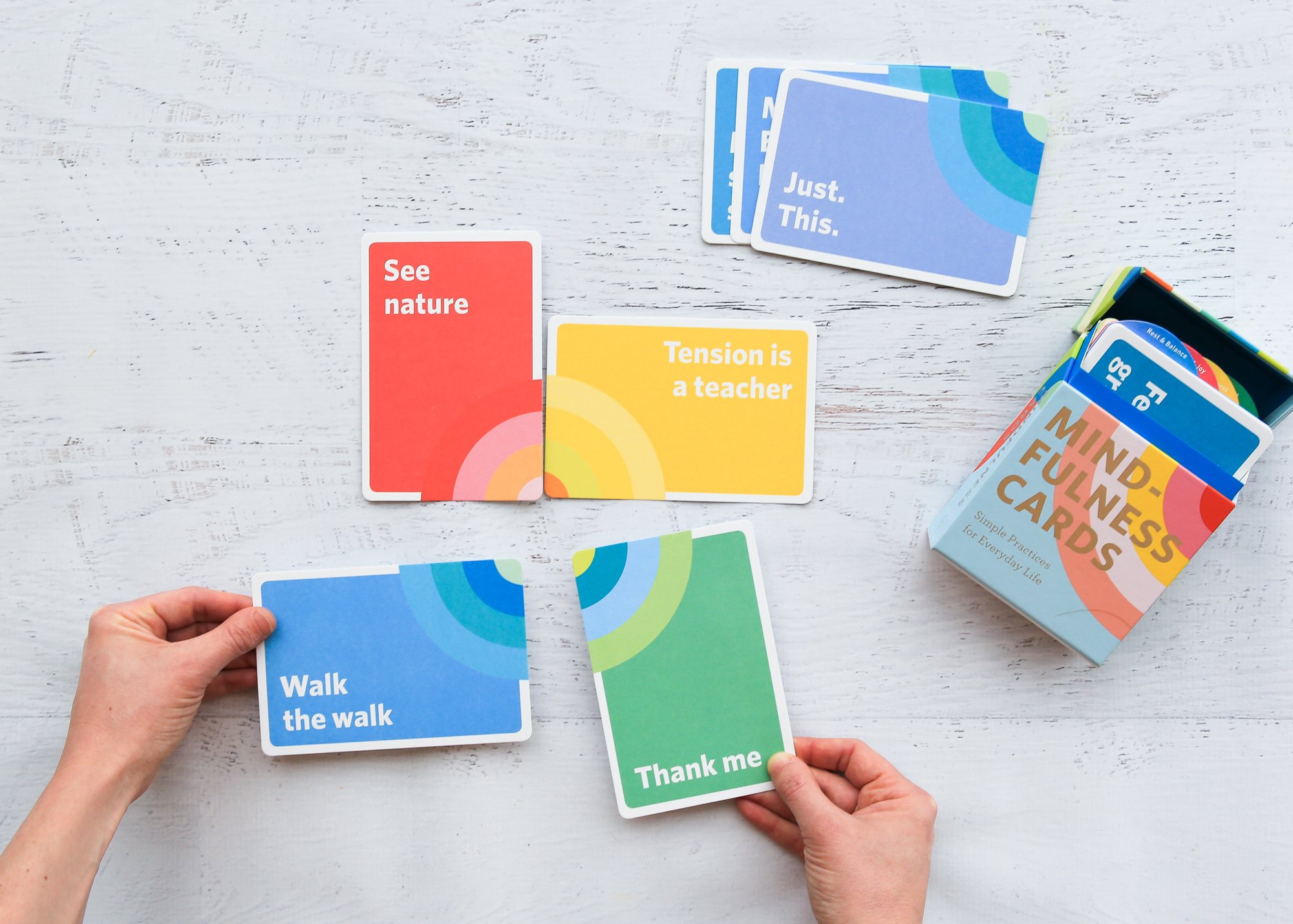In a world that often whirls by in a blur of activity and demands, the practice of mindfulness emerges as a profound gift, especially for children with special needs. Mindfulness offers these young individuals a space to find solace, cultivate emotional resilience, and build a deep connection with their inner selves. As caregivers, parents, and educators, we play an important role in creating an environment conducive to mindfulness. Together, we will explore various tips and tricks to cultivate mindfulness at home, creating a supportive and calming environment for young minds.
-Create a Calm Space: Designate a specific area at home as a mindfulness zone. Decorate it with soothing colors, soft textures, and items that positively engage the senses. Teach your child to use this space as a haven where they can retreat when they feel overwhelmed.
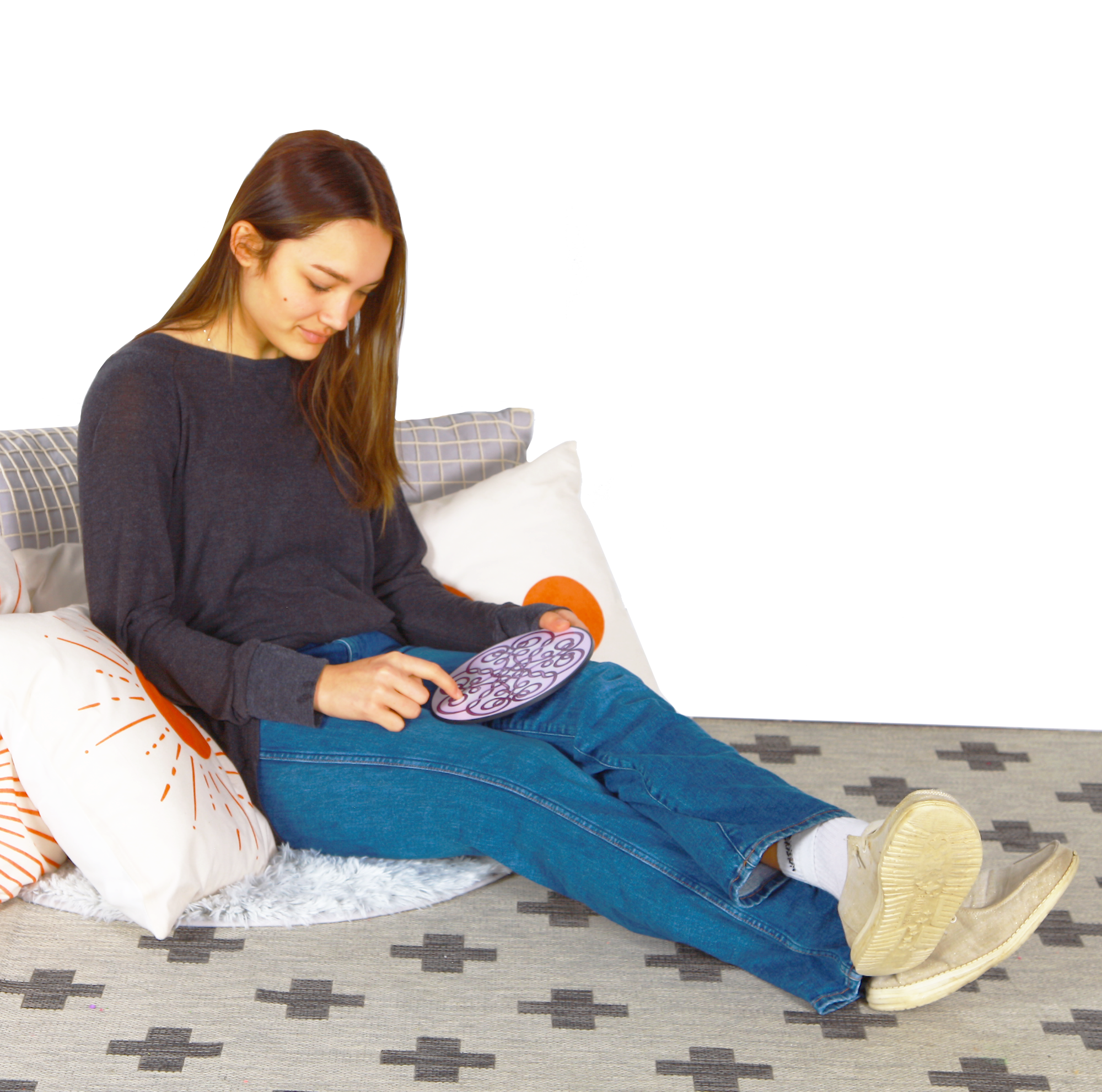
-Breathing Exercises: Teaching simple breathing exercises can work wonders for children with special needs. Encourage them to take slow, deep breaths and count to four while inhaling and exhaling. This technique can help center their focus and bring attention to the present moment.
-Guided Imagery: Utilize guided imagery exercises to help children with special needs visualize positive and calming scenarios. You can use audio recordings or personally narrate a relaxing story, guiding them through a serene environment and encouraging them to use their imagination.
-Mindful Breathing Animals: Our Mindful Breathing Animals (comes in Kitty or Puppy) guides children through calming breathing exercises using lighted prompts that are easy to follow. Kids learn to inhale as the light brightens and exhale as it fades.
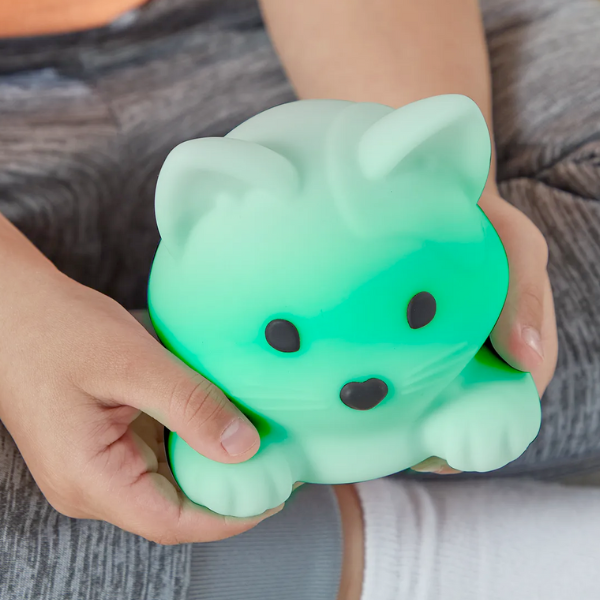
-Calming Tracing Tools: Calming focus tools such as our Mandala Labyrinth Tracing Discs, Gel Waves Tactile Lap Pads, Mindfulness Finger Mazes, and Calming Lazy 8 Stickers are fantastic for sensory exploration. As children trace the mesmerizing gel and/or patterns with their fingers, their attention narrows to the tactile sensations, facilitating a state of calm presence.
-Mindful Movement: Incorporate mindful movement activities into their daily routine. Yoga, for instance, offers gentle stretches and poses that improve body awareness and encourage relaxation. Tailor the movements to their individual abilities, ensuring that they feel comfortable and engaged.
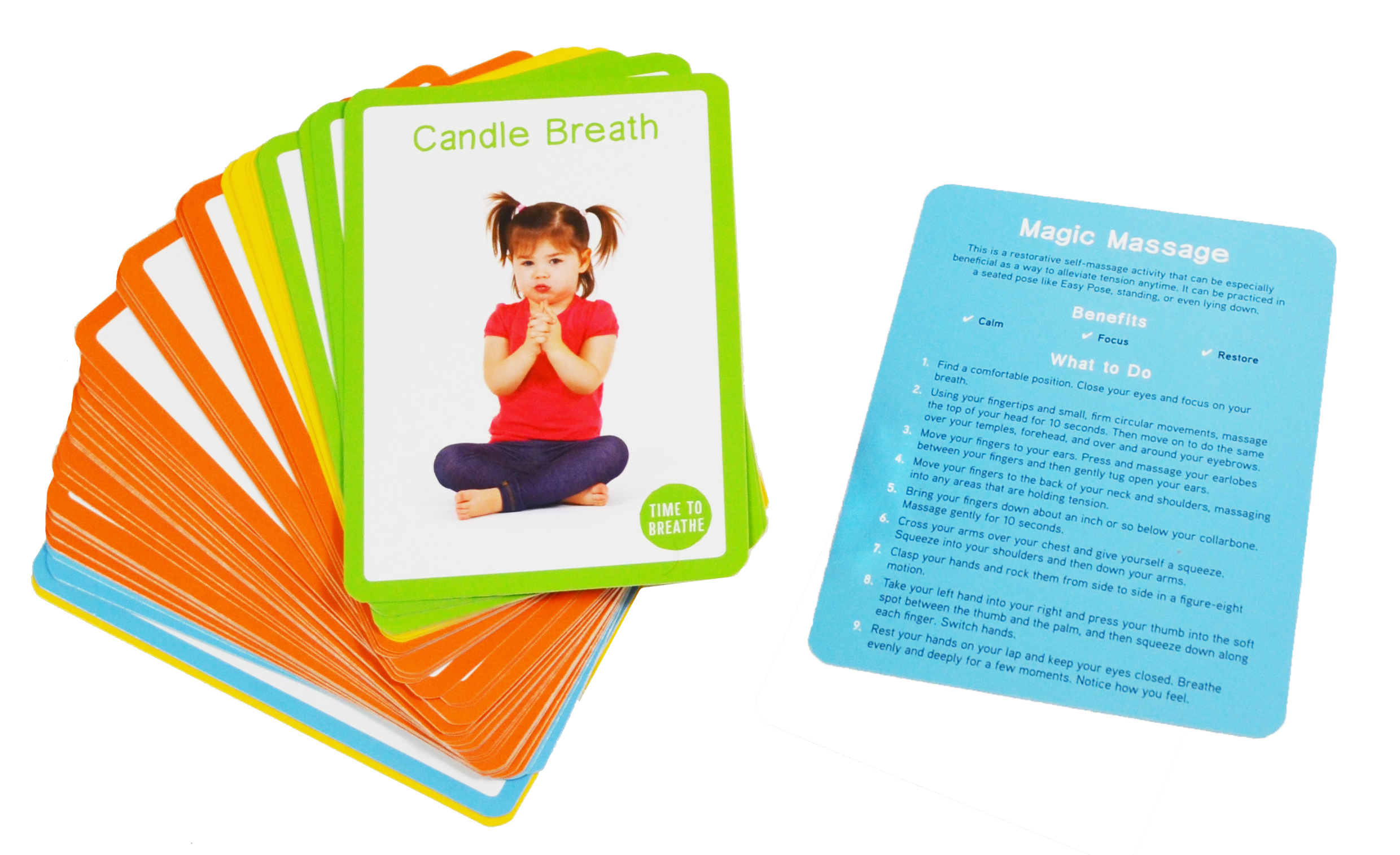
-Mindful Eating: Encourage your child to be fully present during mealtimes by practicing mindful eating. Encourage them to savor each bite, notice the taste, texture, and aroma of the food, and express gratitude for the nourishment it provides.
-Sensory Activities: Engage the senses with various sensory activities. For instance, create a sensory bin filled with objects of different textures, shapes, and colors. Let your child explore these items mindfully, paying attention to the sensory experiences.

-Mindful Art and Crafts: Art can be a powerful tool for mindfulness. Set up an art station with various materials, and encourage your child to create without judgment or pressure. Allow them to express themselves freely through colors and shapes, focusing on the process rather than the end result. Do-A-Dot Rainbow Paint Markers, Crayon Rocks, and Wikki Stix are fun family-friendly activities to try at home.
-Nature Connection: Spend time outdoors in nature, as it naturally fosters mindfulness. Explore parks, gardens, or nearby natural spaces. Encourage your child to observe the beauty of their surroundings, listen to the sounds of nature, and feel the earth beneath their feet.
-Mindful Communication: Practice mindful communication with your child at home. Create an open and non-judgmental environment where they can express their feelings and thoughts freely. Be fully present when they speak, giving them your undivided attention.
-Gratitude Journal: Maintain a gratitude journal together. Each day, write down things you and your child are grateful for. This practice promotes a positive outlook and helps them focus on the good aspects of their life.
-Mindfulness Cards: Mindfulness cards with simple prompts or activities encourage children to be present and mindful. Topics can include gratitude, positive affirmations, and breathing exercises. A couple of our favorite decks include Simple Mindful Practices for Everyday Life and Mindful Kids Cards.
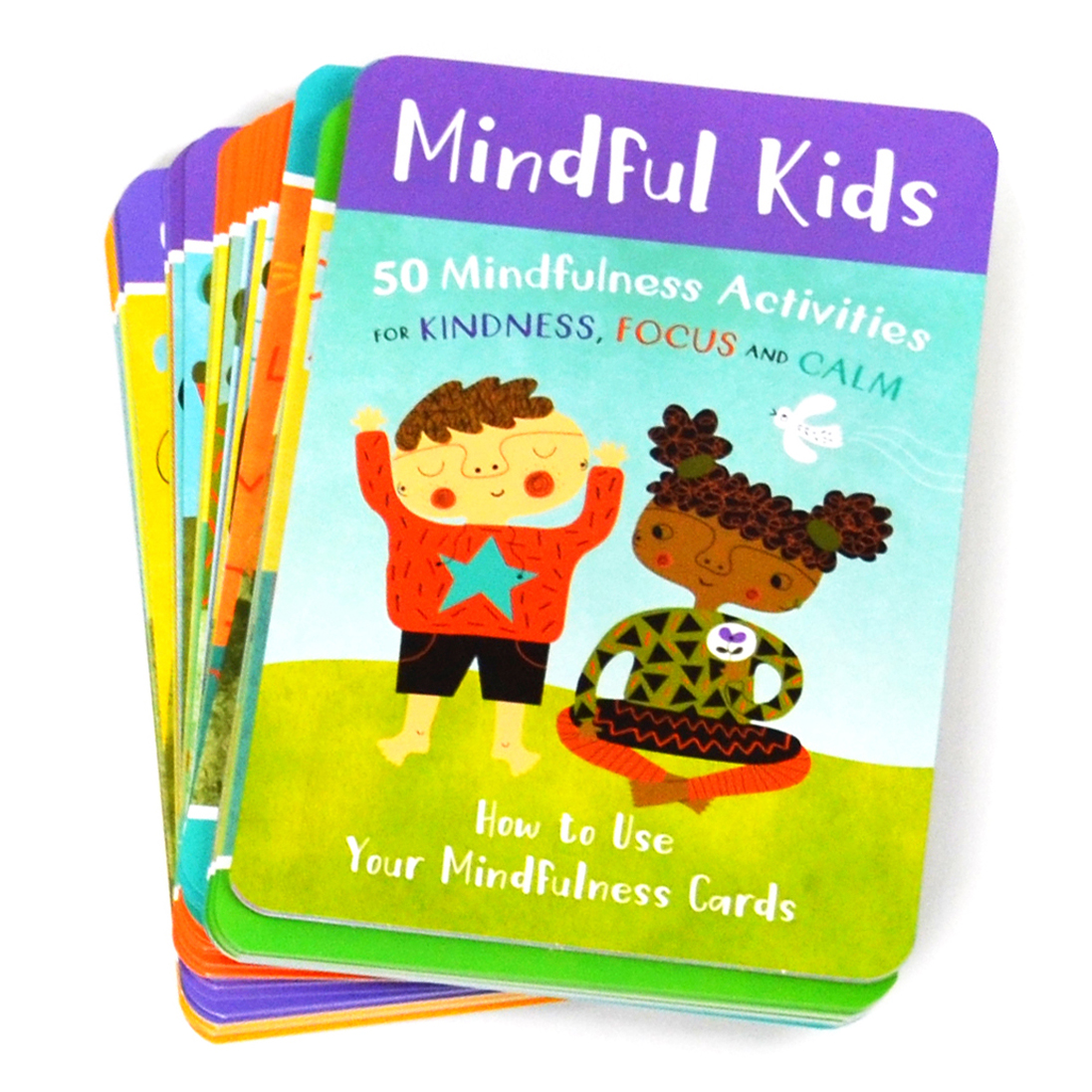
©2023 Therapy Shoppe® Incorporated. All rights reserved.
More articles you might enjoy:
Simple Calming Deep Pressure Activities You Can Do At Home
25 Soothing Sensory Tools That Can Help Alleviate Anxiety
Fun Yoga Poses for Kids: Energize, Relax, and Learn!
Breathing Exercises for Children: A Guide to Promote Calmness and Well-being

